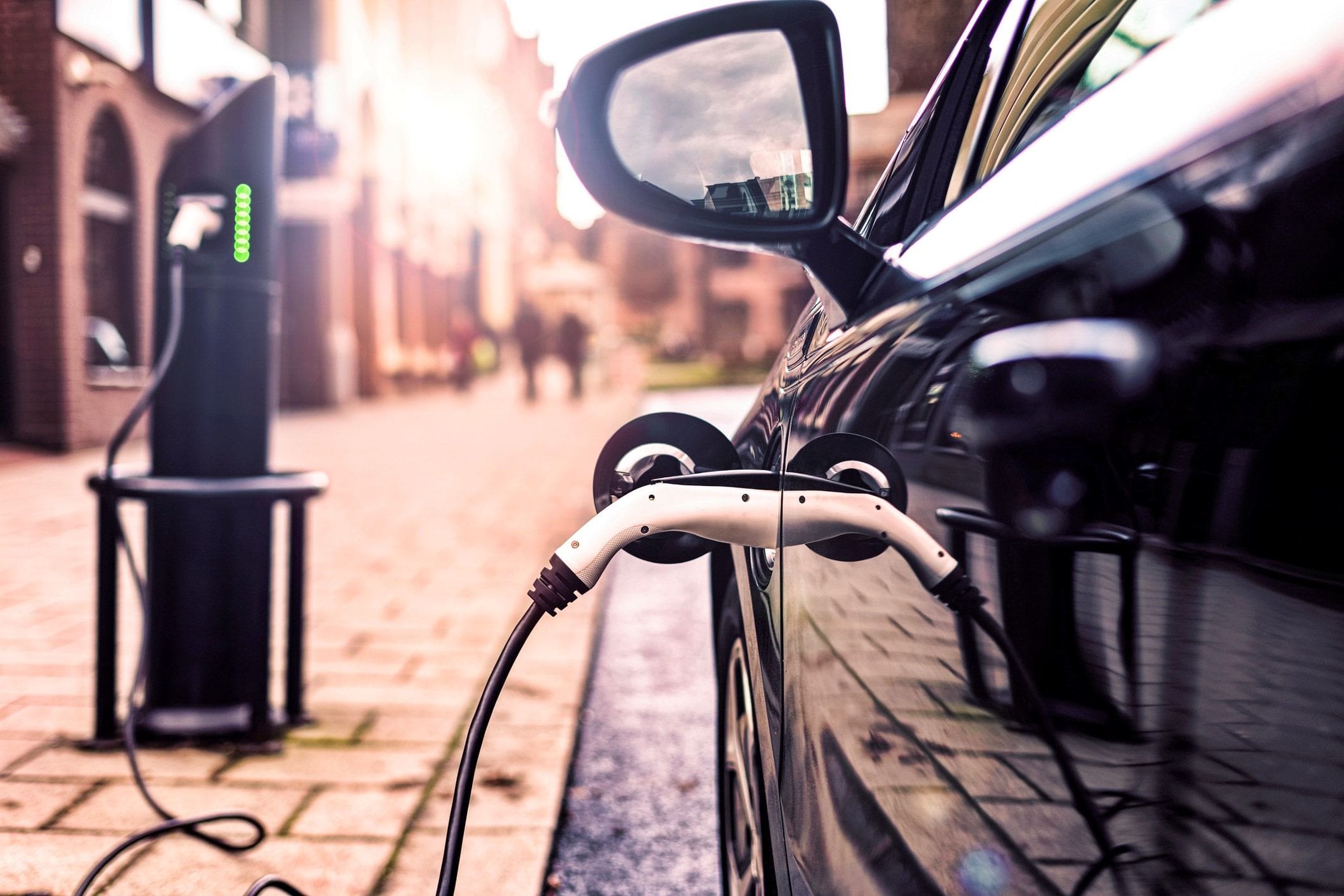In the wake of gale force winds last Thursday, AA Ireland is taking the opportunity to remind motorists of the main risks of driving in high winds. The safety advice also comes following feedback from the AA’s latest Motor Insurance Poll that 10% of drivers are unaware of the hazards of driving in strong winds.
This figure was higher again at 14% among 17-24 year olds according to the poll. In contrast just 5% of those over the age of 65 said they were unclear of the risks, suggesting that driver experience comes into play.
A further 42% of the 12,000 plus people polled by AA Motor Insurance indicated that while they were somewhat aware of the dangers of gusty conditions, there was definitely room to improve their knowledge.
“While you might think our safety advice is a little dramatic what you should consider is that physics comes into play – The velocity you’re travelling at will result in heightened pressure on your car.” Advises Conor Faughnan , Director of Policy, AA Ireland. “When it’s blustery out you really do
need to be mindful on open stretches of road, when passing bridges or gaps in hedges or when overtaking high-sided vehicles.”
To illustrate the point, AA Motor Insurance is asking motorists to envisage the following scenario: Due to the arrival of an expected storm wind speed increases from 50km/ph to 100km/ph. In this instance while the wind speed may have doubled, the pressure exerted on a vehicle driving in such conditions would in fact be quadrupled if not more on account of velocity.”
AA Insurance identifies 3 potential problems to be aware of if you’re driving in high winds:
1. You can be blown off course
Keep both hands on the wheel, particularly if you’re being buffeted by the wind or the slipstreams of other vehicles and anticipate stronger winds and gusts on exposed stretches of road or when passing high-sided vehicles.
It’s important to keep your speed down too. The faster you’re travelling the further off-course you’re likely to drift in a sudden gust before you get the vehicle back under control.
2. Other vehicles can be blown into your path
High-sided vehicles and caravans are most affected by high winds but sudden gusts can blow any vehicle off course. Keep your distance from all other vehicles and take particular care around cyclists, motorcyclists and horse-riders.
If you break down on the motorway or on any busy road in gusty weather it’s important to bear in mind that lorries and other high-sided vehicles could be blown off course suddenly and may veer onto the hard shoulder. It’s safer to move to a safe location away from the vehicle rather than wait in the car to be rescued.
3. There could be trees or other debris in the road
Inevitably, some trees or branches will come down when winds are high. If you see twigs or small branches in the road there could easily be a tree or large branch in the road around the next bend. Hitting debris like this at speed could be fatal so it’s important to keep your speed down and drive with great care particularly on country roads early in the morning.
Trees can partially fall too and hang above the road, sometimes above the sweep of the headlights making them very difficult to spot.
Further advice on winter driving hazards can be located in the AA blog at https://www.theaa.ie/blog/category/driving-road-safety-advice/.
End
Notes to the editor;
Fig. 1 Extent to which AA Poll Participants indicated they agreed/disagreed that they were aware
of the hazards associated with driving in high winds. (Based on 12,379 responses)
| Agree completely | Agree somewhat | Neutral | Disagree somewhat | Disagree completely | |
| ALL POLL PARTICPANTS | 48.4% | 42.4% | 4.7% | 4.0% | 0.8% |
| 17-24 YRS OLD PARTICIPANTS | 47.5% | 38.8% | 7.9% | 5.4% | 0.8% |
| PARTICIPANTS <65YRS | 61.1% | 34.4% | 2.9% | 1.5% | 0.2% |










